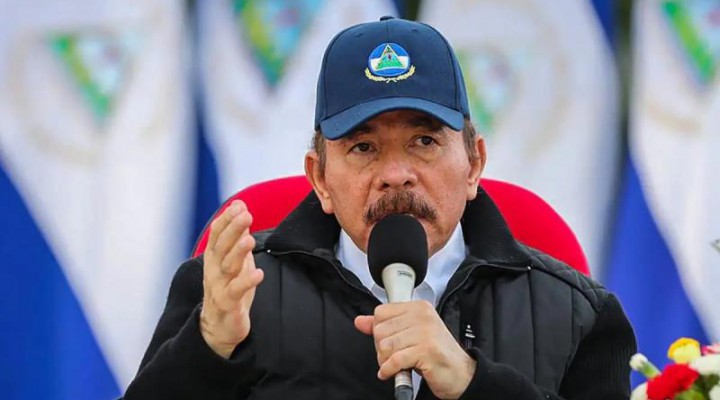Nicaragua: From Taiwan To China

On Thursday 10 December, Nicaragua officially broke off diplomatic relations with Taiwan and established relations with China. The official statement said that “the government of the People’s Republic of China is the sole legal representative of the whole of China, and Taiwan is an integral part of the territory of China. As of today, the government of the Republic of Nicaragua is breaking off diplomatic relations with Taiwan and severing all contact and official ties.”
This is the second time that Nicaragua’s foreign policy preferences have changed. During the first term of Sandinista Daniel Ortega’s presidency (1985–1990), official relations were established with China. But under the next president, Violeta Barrios de Chamorro, who was a US agent, the country severed these and re-established ties with Taiwan. Although Ortega was in no hurry to re-establish ties with Beijing before the general election in November 2021, it seems that US sanctions and constant threats from Washington finally convinced him to put an end to the matter.
A clear-cut foreign policy will now allow for an additional axis of multipolarity. In the region, China has long been a partner of Cuba, Venezuela and Bolivia, which, like Nicaragua, are members of ALBA. It is significant that Nicaragua has very good relations with Pakistan, which is a client of China and became a key site for the Belt and Road Initiative (the China Pakistan Economic Corridor, including Gwadar Port).
The US State Department has condemned Nicaragua’s decision, and one can assume that it won’t stop there. However, Washington has fewer and fewer tools. Just days before, Nicaragua officially withdrew from the Organization of American States, which is a puppet of the United States, thereby demonstrating a policy of sovereignty.
Although the Biden administration is trying to match China with its own Build Back Better World (B3W) initiative, including in the countries of Latin America, the project is not yet clear.
There are also tensions between G7 members, with some countries having no intention of severing or reducing trade and economic ties with China.
The re-establishment of official ties between Nicaragua and China also suggests that construction work on the Nicaraguan canal may resume in the not-too-distant future. And this will signify a change to the rules of the game in the region.
In 2013, a contract was signed for the construction of a shipping canal in Nicaragua, with the Chinese investor Wang Jing receiving a concession. At the time, it was seen as a possible alternative to the Panama Canal that would have the potential to change regional geopolitics. The project was called the Grand Interoceanic Canal of Nicaragua. However, HK Nicaragua Canal Development (HKND Group) went bankrupt, so the project has been on hold since 2018. Now, it seems that Beijing will seize this window of opportunity.

Wang Jing himself wrote a letter to Daniel Ortega, stating that his company, HKND Group, and he personally still believed in the Grand Canal project. China needs to carry on with the Belt and Road Initiative, where a new transit hub will help optimise logistics and make additional anchor points, since the infrastructure involves the construction of two ports, an airport, a power plant, and various roads.
In comparison with the Panama Canal, the canal in Nicaragua will be considerably more attractive: it will be wider and deeper, allowing more goods to pass through it. It is expected that container ships of up to 400,000 tons will be able to pass through the canal. (The Panama Canal can only handle ships of up to 150,000 tons.)
From the outset, it was assumed that Russia would ensure the security of the construction and the maintenance of the canal. Given the close ties between the Russian and Nicaraguan military and special services, Moscow’s inclusion in the project is entirely feasible. In fact, a larger Russian military presence in the region will now be justified (after all, terrorists could endanger shipping traffic, which must be prevented). Just a stone’s throw from the US.
The irony is that, in the late 19th century, it was the US that was interested in building a canal in Nicaragua. The North American Company, later succeeded by others, was established for this purpose in 1880. However, preference was given to the Panama Canal because it had received large investments. Yet the contract with Nicaragua lasted right up to 1970. Now it’s China’s turn to take on the untapped potential.
https://orientalreview.org/2021/12/17/nicaragua-from-taiwan-to-china/
 TheAltWorld
TheAltWorld 
0 thoughts on “Nicaragua: From Taiwan To China”